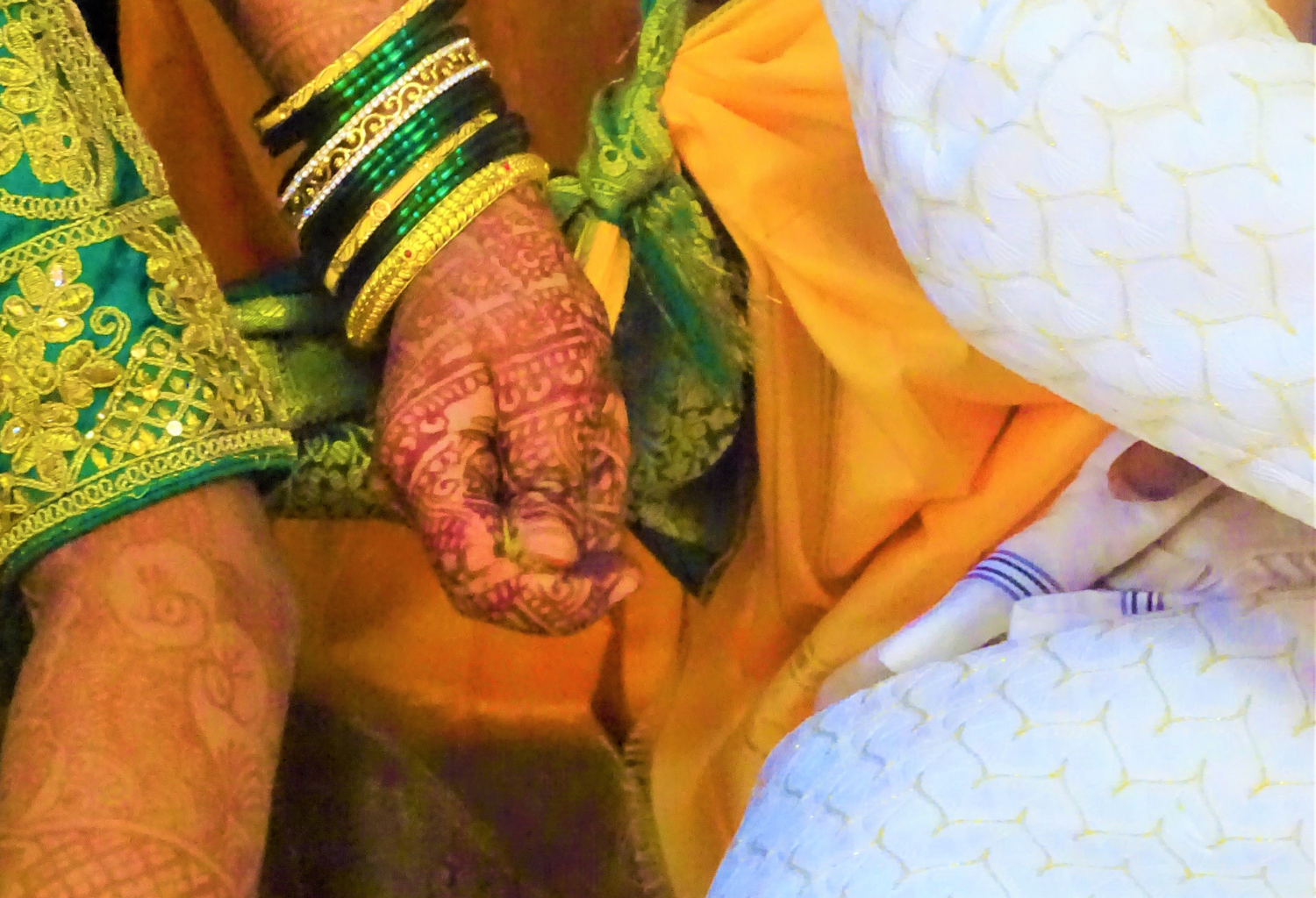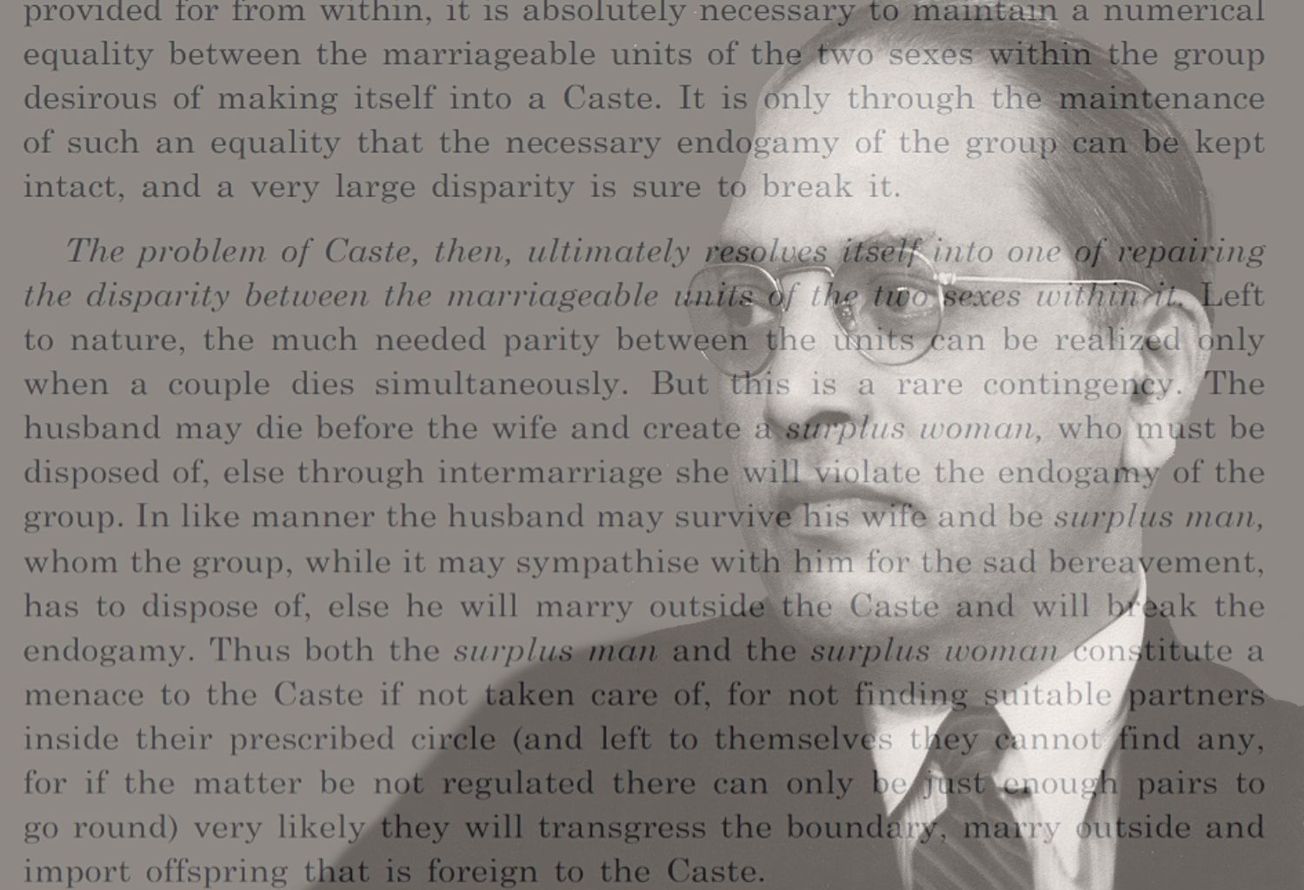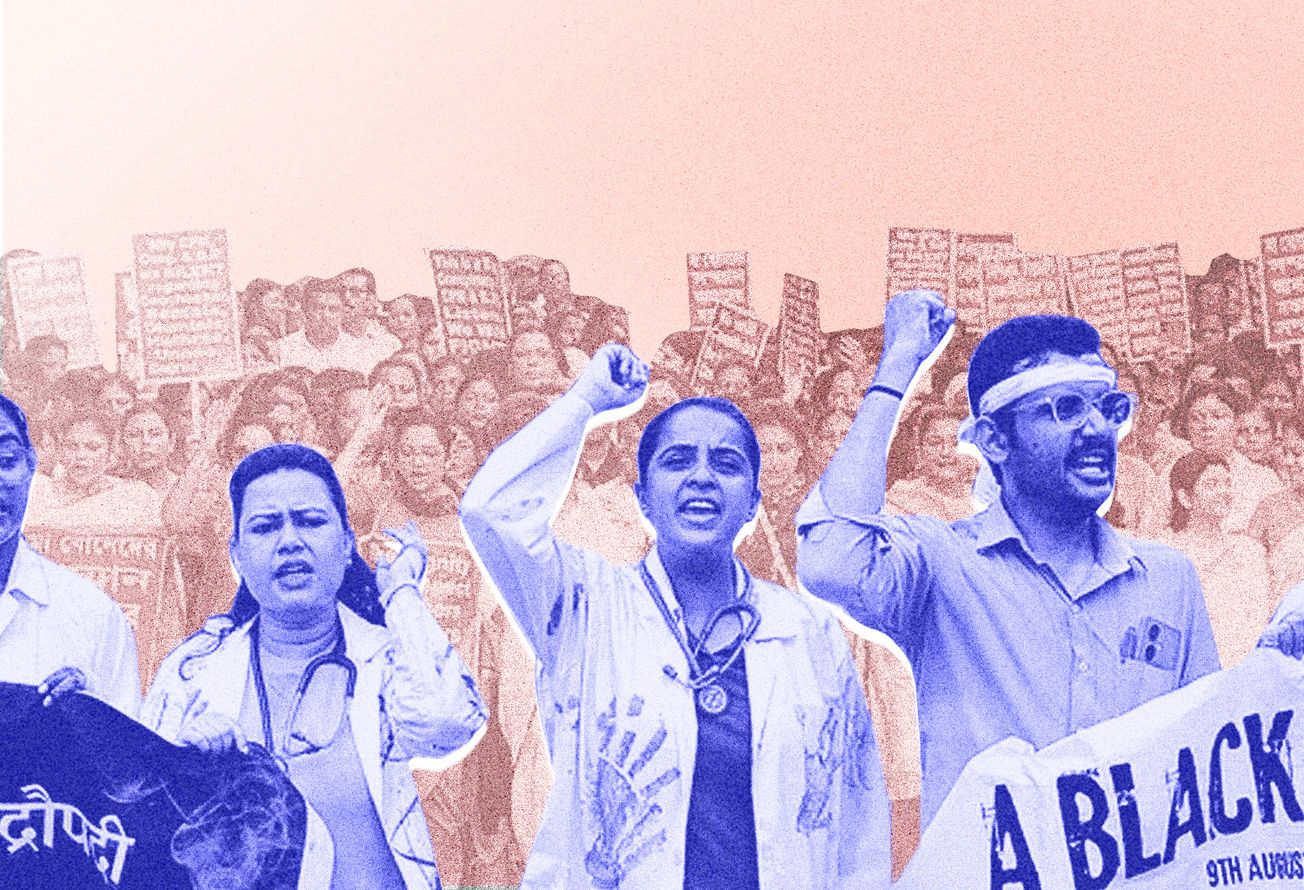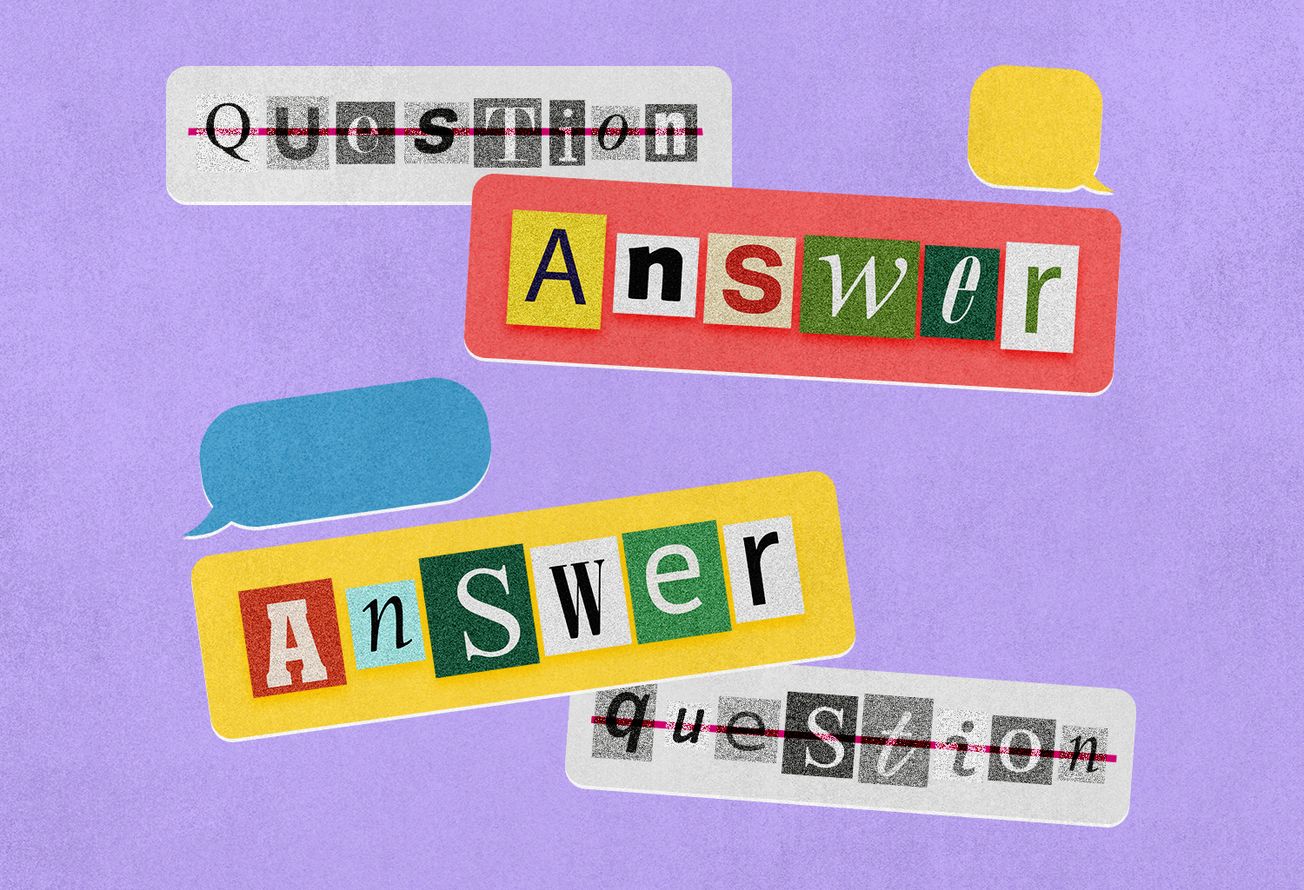There is a certain pride Indian upper caste families take in finding a “good match” for a marriage. Who isn’t familiar with matrimonial advertisements in India newspapers brazenly insisting on same-caste marriages with absolutely no qualms? In fact, even algorithms on matrimonial websites take caste into account to match profiles. People in supposedly progressive circles camouflage caste as the search for a “good family” with an equivalent or higher financial status. The fifty-seven-billion-dollar wedding industry in India does all it takes to turn marriages into a dreamy affair. Bollywood’s grip on people’s imagination is strong and the upper-caste-dominated industry isn’t far behind when it comes to romanticising the idea. But the hideous reality of caste lurks behind all the glitz.
Caste endogamy is the defining feature of the hierarchical concept of caste. It has stayed immutable through time immemorial. This perpetuation of caste supremacy via the concept of purity is primarily preserved today through the institution of marriage and especially arranged marriages. Economic parity and caste are the main criteria for ideal matches ensuring that wealth remains in the same endogamous social group. Endogamous marriages do not prioritise love. If people were free to choose their individual partners, they would become a menace for the casteist structure of endogamy and dilute the “purity of castes”.
Caste structure can also be ruptured if one of the spouses in an endogamous marriage dies, leaving the other free to marry again. A man may die leaving a “surplus woman” and vice versa. This demeaning concept dates back to World War I where men dying in the war left “surplus women” without a spouse. In 1916, Dr. Bhimrao Ambedkar argued that in India, this treatment of women as “surplus” upon the death of their husbands resulted in the regressive practices of Sati, enforced widowhood, and girl child marriages—all geared towards maintaining caste endogamy. There has been very little focus on how the enforcement of caste endogamy also controls women's sexuality via the institution of arranged marriages.
Regressive practices like Sati, child marriage, and forced widowhood might seem like issues of the past but they find a continuity in the contemporary practice of arranged marriages. Women’s emancipation cannot be achieved if the deeply entrenched caste structure present in the Indian society continues to be ignored.
Dr. Ambedkar had clearly demonstrated how a “surplus woman” is treated in two ways by a group to meet the objective of caste endogamy. The first being Sati where the woman is placed on the pyre of her deceased husband and set to flames. Burning her to death eliminates the risk of her marrying outside the caste as well as her remarrying within her own caste undermining the “chances” of other women who are yet to be married.
The second “solution” was the imposition of a life-long widowhood where a woman whose husband dies is not allowed to remarry; her social status is downgraded and she is forced to live in destitution with strict control on her diet, clothes, livelihood, and sexuality.
Male privilege in traditional patriarchal societies meant that a “surplus man” will never be meted out the same treatment as a “surplus woman”, Dr. Ambedkar delineates. Endogamous societies consider a man to be an asset for caste propagation, therefore, burning him with his deceased wife would be considered futile. The option of leading the life of a celibate, renouncing the world and its joys is not imposed upon him either because then, it will be somewhat the same as burning him on his wife’s pyre and that eventually serves no purpose in the perpetuation of caste and patriarchy. Therefore, in the interest of the caste-inclined society, he must lead a life of a grastha—raise a family by marrying a girl within his own caste. This way, the man is tied down to the group and serves as an enabler for the purpose of preserving caste endogamy.
Quoting Dr. S. V. Ketkar (History of Caste in India, 1909), Dr. Ambedkar explains how child marriages are also linked to the same idea of caste purity:
“No maiden could be considered pure if she feels love for a man other than the one to whom she might be married. As she does not know to whom she is going to be married, she must not feel affection for any man at all before marriage. If she does so, it is a sin. So, it is better for a girl to know whom she has to love before any sexual consciousness has been awakened in her."
The pseudo-philosophies and theories to justify arranged marriage and its customs serve the same purpose as Sati and child marriage—to consolidate a casteist social hierarchy. Dr. Ambedkar’s observations on Hindu society and its means and ways to achieve caste endogamy were made in the twentieth century and yet make absolute sense in the context of contemporary arranged marriages. There is no science nor rationale behind this regressive custom and the law abolishes casteist practices.
A survey shows that there are only 5% of inter-caste marriages throughout the country. Same-caste marriages are normalised to such an extent that few see any problem with it. The Netflix show, Indian Matchmaking not only normalised the casteist notion of arranged marriages but also romanticised the patriarchal matrimonial set up. Yet, it was hugely popular. The pervasiveness of caste has “dangerous consequences for those of us born into ‘lower caste’”, as Yashica Dutt has written.
“(T)he show seems to not only approve of arranged marriages but also champion them with casteist glee.”
We cannot turn our eyes away from the fact that various Hindu customs and practices are designed to maintain caste supremacy. A very vivid contemporary example of this is the wearing of the janeu (sacred thread) among Brahmins, marking the rite of passage to manhood. The thread is worn as a sign by which a Brahmin man can be identified. Brahminic vegetarianism is another problematic “purity” related notion that stems from casteist traditions. But arranged marriages are perhaps the most abhorrent of all casteist traditions.
Even though the theory of sustenance of caste endogamy after the death of either spouse might not be practical in today’s scenario because of the existence of various laws and reforms, yet the objective and the system continues to linger in the form of same-caste marriages. Further, the ingrained Brahminism amongst Savarnas makes them deeply attached to their caste identities as caste supremacy in contemporary times gives them the power to dominate and get unfair access to all kinds of resources. Caste based arranged marriages are the pillar of endogamy and need to end for caste structures to be dismantled. In fact, all customs rooted in the essence of Brahminism or superiority of caste identity need to be questioned, challenged, and eradicated. After all, the caste system deprives millions of people of dignity and is the root of much depravation and violence in India.










